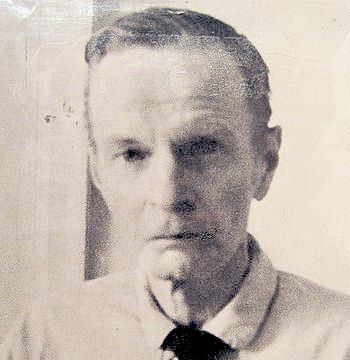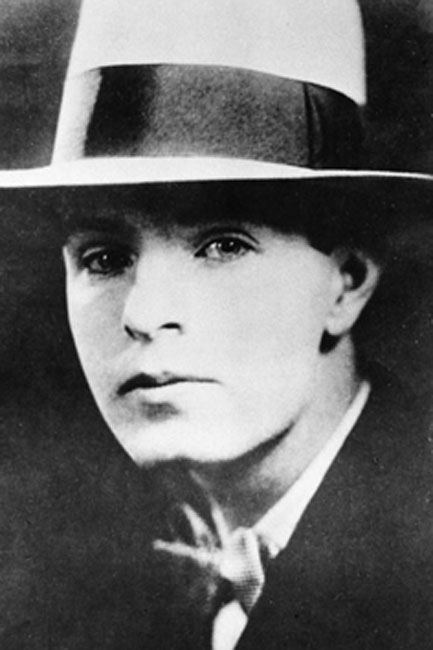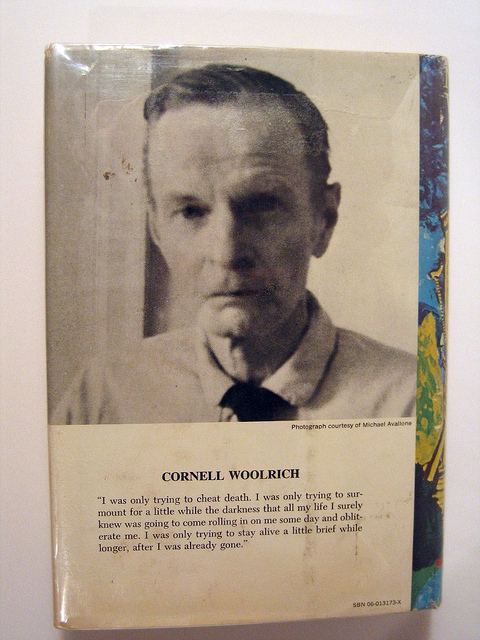Name Cornell Woolrich Role Novelist | Parents Claire Attalie Woolrich | |
 | ||
Spouse Violet Virginia Blackton (m. 1930–1933) Movies Rear Window, Original Sin, The Bride Wore Black Books I Married a Dead Man, Waltz into Darkness, The Bride Wore Black, Phantom Lady, The Black Angel Similar People John Michael Hayes, Raymond Chandler, James M Cain, Francois Truffaut, Michael Cristofer | ||
A tribute to cornell woolrich
Cornell George Hopley-Woolrich (4 December 1903 – 25 September 1968) was an American novelist and short story writer who sometimes wrote under the pseudonyms William Irish and George Hopley.
Contents
- A tribute to cornell woolrich
- Discussing it had to be murder by cornell woolrich literary roadhouse ep 85
- Biography
- Selected films based on Woolrich stories
- References

His biographer, Francis Nevins Jr., rated Woolrich the fourth best crime writer of his day, behind Dashiell Hammett, Erle Stanley Gardner and Raymond Chandler. A check of film titles reveals that more film noir screenplays were adapted from works by Woolrich than any other crime novelist, and many of his stories were adapted during the 1940s for Suspense and other dramatic radio programs.

Discussing it had to be murder by cornell woolrich literary roadhouse ep 85
Biography

Woolrich was born in New York City; his parents separated when he was young. He lived for a time in Mexico with his father before returning to New York to live with his mother, Claire Attalie Woolrich.

He attended Columbia University but left in 1926 without graduating when his first novel, Cover Charge, was published. As Eddie Duggan observes, 'Woolrich enrolled at New York's Columbia University in 1921 where he spent a relatively undistinguished year until he was taken ill and was laid up for some weeks. It was during this illness (a Rear-Window-like confinement involving a gangrenous foot, according to one version of the story) that Woolrich started writing, producing Cover Charge, which was published in 1926. Cover Charge was one of his Jazz Age novels inspired by the work of F. Scott Fitzgerald. A second novel, Children of the Ritz, won Woolrich a college prize the following year and led to him working as screenwriter in Hollywood for First National Pictures. While in Hollywood, Woolrich explored his sexuality, apparently engaging in what Frances M. Nevins Jr. describes as "promiscuous and clandestine homosexual activity" and by marrying Violet Virginia Blackton, the 21-year-old daughter of J. Stuart Blackton one of the founders of the Vitagraph studio. Failing in both his attempt at marriage and at establishing a career as a screenwriter (the unconsummated marriage was annulled in 1933; Woolrich garnered no screen credits), Woolrich sought to resume his life as a novelist:
Although Woolrich had published six 'jazz-age'novels, concerned with the party-antics and romances of the beautiful young things on the fringes of American society, between 1926 and 1932, he was unable to establish himself as a serious writer. Perhaps because the 'jazz-age' novel was dead in the water by the 1930s when the depression had begun to take hold, Woolrich was unable to find a publisher for his seventh novel, I Love You, Paris, so he literally threw away the typescript, dumped it in a dustbin, and re-invented himself as a pulp writer.
When he turned to pulp and detective fiction, Woolrich's output was so prolific his work was often published under one of his many pseudonyms. For example, "William Irish" was the byline in Dime Detective Magazine (February 1942) on his 1942 story "It Had to Be Murder," (source of the 1954 Alfred Hitchcock movie Rear Window) and itself based on H.G. Wells' short story "Through a Window". François Truffaut filmed Woolrich's The Bride Wore Black and Waltz into Darkness in 1968 and 1969, respectively, the latter as Mississippi Mermaid. Ownership of the copyright in Woolrich's original story "It Had to Be Murder" and its use for Rear Window was litigated before the US Supreme Court in Stewart v. Abend, 495 U.S. 207 (1990).
He returned to New York where he and his mother moved into the Hotel Marseilles (Broadway and West 103rd Street). Eddie Duggan observes '[a]lthough his writing made him wealthy, Woolrich and his mother lived in a series of seedy hotel rooms, including the squalid Hotel Marseilles apartment building in Harlem, among a group of thieves, prostitutes and lowlifes that would not be out of place in Woolrich's dark fictional world'. Woolrich lived there until his mother's death on October 6, 1957, which prompted his move to the Hotel Franconia (20 West 72nd Street). In later years, he socialized on occasion in Manhattan bars with Mystery Writers of America colleagues and younger fans such as writer Ron Goulart, but alcoholism and an amputated leg (caused by an infection from a too-tight shoe which went untreated) left him a recluse. As Duggan writes:
[After] Woolrich's mother died in 1957, he [went] into a sharp physical and mental decline. Although he moved from Harlem's decrepit Hotel Marseilles to a more upmarket residence in the Hotel Franconia near Central Park, and later to the Sheraton-Russell on Park Avenue, Woolrich was a virtual recluse. Now in his 60s with his eyesight failing, lonely, psychologically wracked by guilt over his homosexuality, tortured by his alcoholism, self-doubt, and a diabetic to boot, Woolrich neglected himself to such a degree that he allowed a foot infection to become gangrenous which resulted, early in 1968, in the amputation of a leg.
After the amputation, and a conversion to Catholicism, Woolrich returned to the Sheraton-Russell, confined to a wheelchair. Some of the staff there would take Woolrich down to the lobby so he could look out on the passing traffic, thus making the wizened, wheelchair-bound Woolrich into a kind of darker, self-loathing version of the character played by James Stewart in Hitchcock's Rear Window.
With the type of closure that is usually only encountered as a literary device, the Woolrich story turns full-circle around the Oedipally charged foot motif, the writing career that apparently began with a period of confinement attributed to a foot infection ends with an amputation, and the deep Freudian resonance that amputation induces.
Woolrich did not attend the premiere of Truffaut's film of his novel The Bride Wore Black in 1968, even though it was held in New York City. He died weighing 89 pounds. He is interred in the Ferncliff Cemetery in Hartsdale, New York.
Woolrich bequeathed his estate of about $850,000 to Columbia University to endow scholarships in his mother's memory for writing students.
